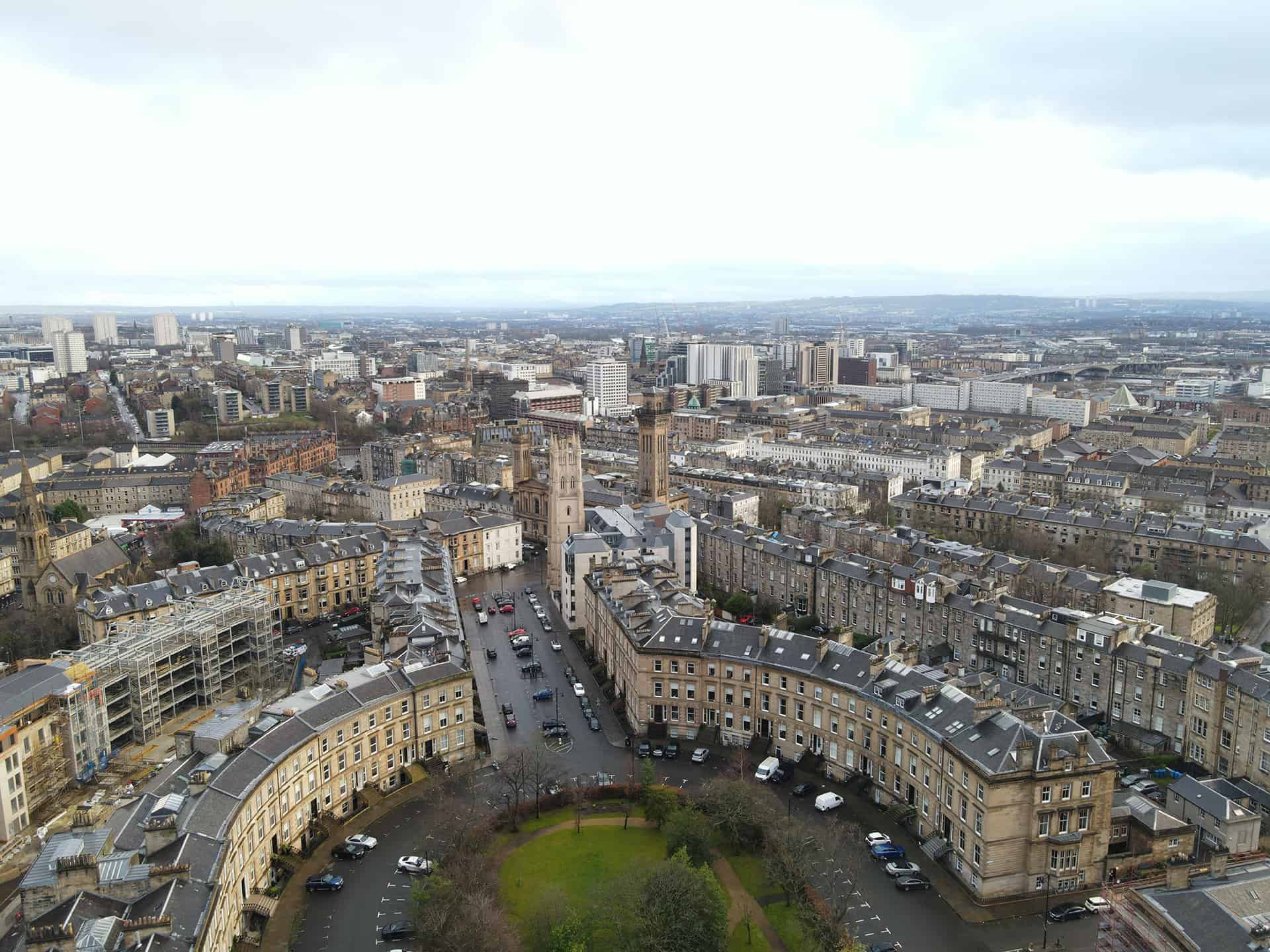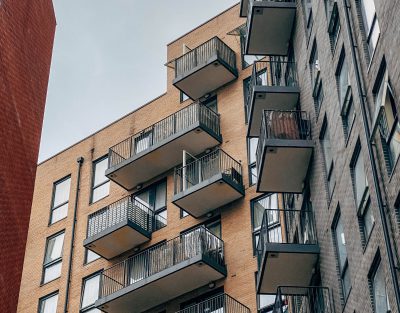Record rents
The Citylets Q2 2023 Quarterly Report made national headlines when it was published in the summer, marking another double digit increase in average rents for Scotland and a new average rent of £1,081 per month. The report pointed out the challenge to tenants as the new era of £1,000+ rents impacted the choice of tenancies available to them.
Alongside the rent itself, renters of course have other costs to factor in – not least the tenancy deposit. By law, a tenancy deposit can be no more than the equivalent of two months’ rent. Even with that restriction in place, the average rent means that deposits of over £2,000 may now be more commonplace. But is that the case?
The rise of deposits
Tenancy deposit scheme SafeDeposits Scotland tracks the average values of the deposits it protects for tenancies across the country, and at the start of April 2023 the average deposit value for the scheme was £814. At a glance, that is quite a leap from the average deposit of £720 at the same time in 2019 – before the pandemic and cost of living crisis heralded new challenges for the private rented sector. But, in terms of SafeDeposits at least, the increase in average deposit value was actually lower in the five years between 2018 and 2023 than it was between 2012 and 2017.
When tenancy deposit scheme legislation came into effect in 2012 and SafeDeposits commenced operations, the average deposit it protected was £575. By 2017 the average was £691, an increase of 20% over five years. In the five years from 2018 to 2023 however the increase in average deposits was 13%.
A changing landscape
In making the above comparison though, a number of caveats should be considered. For a start, tenancy deposit protection was in its infancy in 2012 therefore the landscape of that year of the £575 average deposit was very different to that in 2017 where significantly more of the market would be familiar with the legislation and lodging their deposits. Then there are the events of 2020 onwards. From lockdowns to rent freezes, more tenants are staying in tenancies for longer, therefore even if higher deposits are starting to trickle through for new tenancies the majority of those protected are for longer standing tenancies.
Those moving to a new tenancy may therefore find themselves paying a deposit higher than the average amount currently protected by SafeDeposits and other schemes, so available funds will be of paramount importance to people in this position. For many, the return of the deposit for their previous tenancy will be crucial here.
Securing old deposits for new tenancies
There are some tips to help ensure the deposit is returned at the end of the tenancy, and that this is done promptly to allow for funds to be used for a new deposit. Regarding whether the deposit will be returned in full or at all, this is ultimately down to whether the landlord feels compelled to make a deduction at the end of the tenancy. The best way to avoid deductions is to follow the regularly recited mantras of meeting the terms of the tenancy agreement and returning the property as it was found at the start of the tenancy.
Assuming the deposit is to be returned, this needn’t take long. Legislation requires that when a tenant submits a repayment request via the tenancy deposit scheme at the end of the tenancy, the landlord is given 30 working days within which to respond – their agreement providing the green light for the scheme to release funds. This does not mean that the landlord has to wait up to 30 working days to do so, nor that every landlord does. Good communication between tenant and landlord can help prevent delays here. As soon as they have responded the scheme will process payment to the tenant, with funds reaching their bank account in a couple of days. Legislation requires that payment is made within five working days of an agreement, but SafeDeposits typically makes payment within a day or two.
The repayment process can also be started by the landlord, and in that case, it is up to the tenant to respond to their proposal. If the tenant does not respond to the landlord’s proposal within 30 working days, they will still be entitled to any undisputed funds within that proposal but in order to receive the funds they must provide the tenancy deposit protection scheme with their bank details. “Unclaimed deposits” are those which landlords have instructed schemes to repay to tenants, but which the tenants have not yet claimed – i.e. they have not provided the scheme with their bank details so that the funds can be released to them. SafeDeposits Scotland takes a proactive approach to contacting tenants with unclaimed deposits to reunite them with their money, but a significant number of deposits still remain unclaimed. These all represent money that could be used towards new deposits and rent payments.












